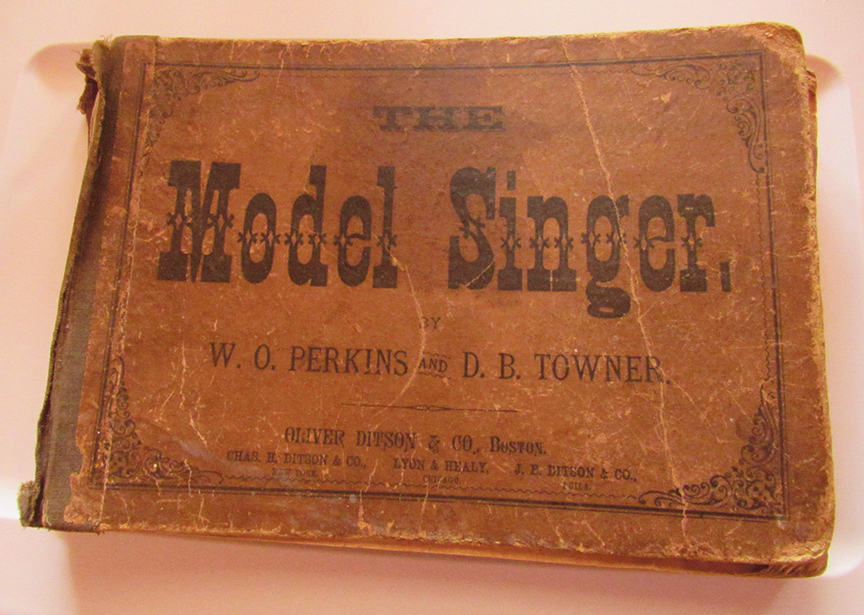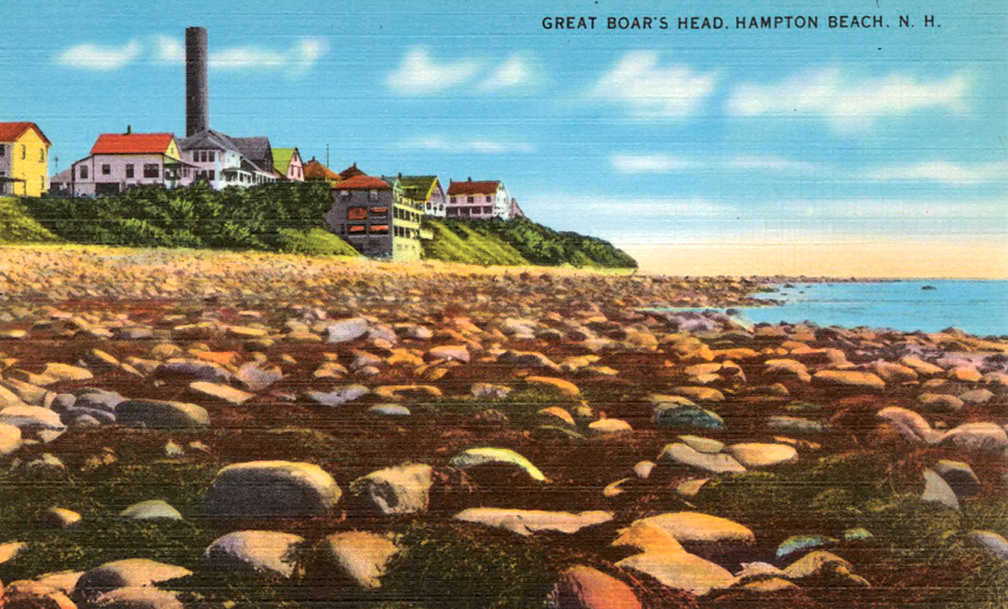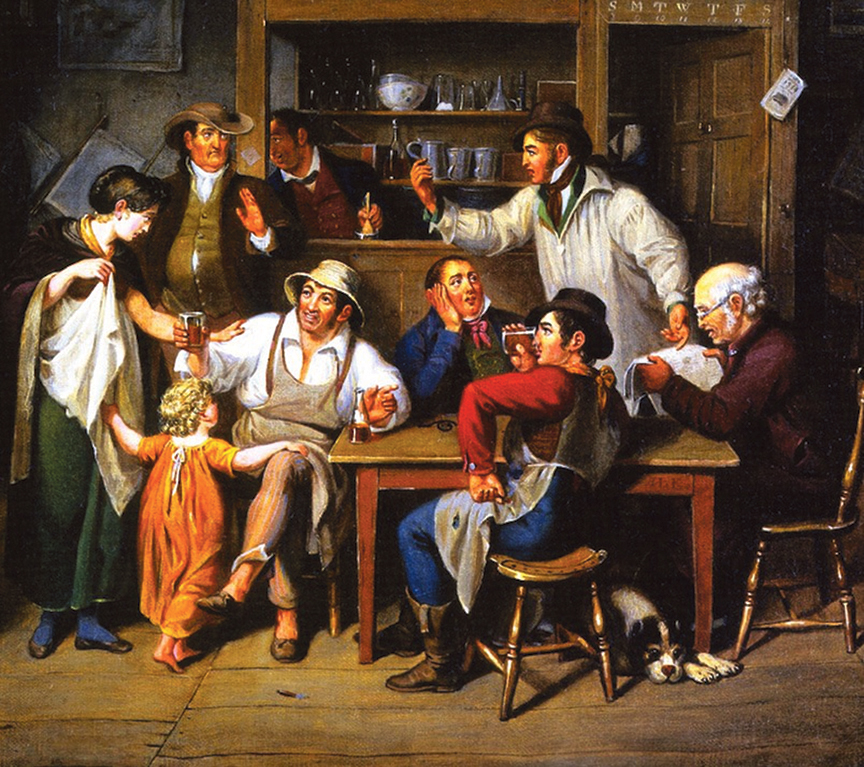Climbing The Branches Of A Family Tree … And Finding A Champion Of Women’s Rights



by Robert Hanaford Smith, Sr.
Weirs Times Contributing Writer
Peter Hanaford was born in 1751, being the seventh child of John and Abigail Hanaford of Stratham, New Hampshire. The grown-up Peter married Nancy Pierson, became a tailor by trade, and a volunteer soldier in the Revolutionary War. He served as a private in the Tenth Company of the New Hampshire militia under the command of Captain Benjamin Sias , served at Stillwater, and as a Captain under General Stark at the battle of Bennington.
On October 10, 1781, Peter Hanaford purchased 35 acres of land from Joseph and Mary Carr in Canterbury, New Hampshire for thirty pounds. It has been stated that Peter received land for military service. He is also said to have traded his property in Canterbury to the Shakers for “wild land in New Hampton, N.H.” He lived on what is now the Huckins Farm and purchased considerable land in New Hampton.
Peter and Nancy Hanaford were the parents of David Hanaford who was married on February 10, 1794 to Nancy Taylor. The first of this couple’s ten children was named Peter after his grandfather. This Peter married Polly Davis and they became the parents of perhaps as many as seven children and also made their home in New Hampton. However, tragedy struck the Hanaford family in the form of lightning that hit their house in the year 1833 and killed both Peter and Polly. Peter was siting by an open window holding a child, but the child was not hurt.

One of the children of Peter and Polly was named Joseph, with a middle name of either Hibbard or Hubbard, and it is he, and more particularly his wife, that we want to focus our attention on.
Joseph became Dr. Joseph Hanaford, a physician, who also became a writer on the subject of health and health foods. He lived in Massachusetts and met and married a girl who came from Nantucket, one Phebe Coffin. At a young age Phebe had shown an interest in the women’s rights movement, and, though her name may not be often mentioned today among past leaders of that movement, she was one of them.
Joseph Hanaford was raised in a Baptist family and apparently chose to remain a Baptist during his adult life. I find it interesting that Joseph’s great-grandfather (Captain Peter Hanaford) fought under Captain Sias and Joseph’s wife was born at Siasconset, Nantucket. Phebe Ann Coffin Hanaford was raised as a Quaker, but became a Baptist with her husband before deciding to join the Universalists, a move that apparently contributed to a separation between her and her spouse. They had two children, Howard and Florence. Phebe had practiced preaching to her young neighbors as a child and in adulthood is claimed to be the first woman ordained to the ministry in New England and the fourth in the world. She was asked to help in officiating at the funerals of two better known leaders of the Women’s Rights movement, Susan B. Anthony and Elizabeth Cady Stanton, women that she was well acquainted with.
Mrs. Hanaford signed a temperance pledge when she was but 8 years old, a cause which was,in her day, an important issue for certain women involved in promoting women’s rights. The issues important to women then and now are not all the same, although there are some similarities. Among the campaigns she was involved in as an adult was that aimed at abolishing the sales and consumption of alcohol.
Phebe started writing for publication at the age of 13, taught school when she was sixteen, and was married when she was 20. Her husband was born on December 20, 1818 in New Hampton, New Hampshire, though some accounts state incorrectly that he was a native of Massachusetts. He stated his wish to be buried in the Hanaford Cemetery in New Hampton, and a gravestone there indicates that his wish was granted though he is also said to have been buried in Reading, Mass.
In her book, Daughters of America ( Women of the Century), Phebe refers to herself as Mrs. Hanaford, though she was separated from her husband for many years, and I don’t think she mentioned his name in her book. She was intent on highlighting the accomplishments of women and promoting and seeking to demonstrate an equality of women with men. Concerning her own accomplishments she cites some of her “firsts” in her 1882 book: “Up to the present time Mrs. Hanaford has officiated at nearly a hundred funerals, and over fifty marriages. She was the first woman who ever offered the ordaining prayer and afterwards exchanged pulpits with her own son, both being settled pastors. She was the first woman who ever officiated at the marriage of her own daughter. She was the first woman regularly ordained in Massachusetts or New England.” She also claimed firsts as woman chaplain of a legislative body (the Connecticut legislature), being the first woman in the world to officiate over a legislative body of men, and being the first woman minister to give the charge at the ordination of a man minister.
Mrs. Hanaford devoted much of her time in her younger years, probably during the years she was raising her children, in writing articles and books. She wrote fourteen books, including the first biography written about Abraham Lincoln after his assassination.
Some sources tell us that Dr. Joseph and Phebe Hanaford were never legally divorced and kept up communication after their separation, but elsewhere we are told that he married a second wife, Harriet N. Woodbridge in the year 1879. His gravestone in New Hampton also indicates that Harriet, his wife,is buried by his side.

Phebe A. Hanaford’s ministerial career was not without some controversy. After separating from her husband she had a close relationship with another women’s right advocate by the name of Ellen Miles. The two lived together and some referred to Ellen as “the minister’s wife”. Some also wrongly stated that when Phebe officiated at marriage ceremonies the man was forced to take the woman’s name. She was known for only choosing hymns written by women at events she officiated at.
Phebe died in 1921 at the age of 92. She lived during her last years in or near Rochester, New York and her grave is in Orleans Cemetery in Phelps, New York.
If you decide to trace your family tree, or that of others, you may be surprised as to where it might lead you. Sometimes contradictions from sources of information may need some sorting out to come to accurate conclusions.
Robert Hanaford Smith, Sr., welcomes your comments at danahillsmiths@yahoo.com



